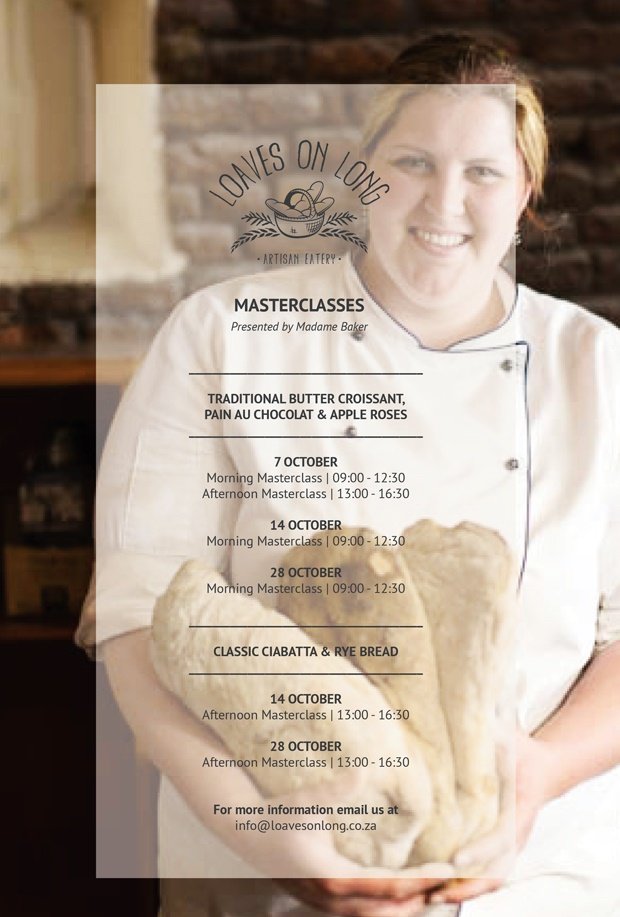(image: iStock)
You’ve probably seen the word ‘sourdough’ being offered as an option when ordering your favourite cheese and tomato toastie and if you’re unfamiliar with this tarty, yeasty type of bread but always wanted to know what the fuss was about, we’re here to give you the 411.
Food24 was invited to spend the morning with baker and chef at Cape Town’s Loaves on Long, Ciska Rossouw, who gave us a masterclass on the revered method that goes into creating the deliciousness that is sourdough bread.
The word sourdough actually refers to both the bread itself and the starter (or ‘mother’) that is used to make it. The process of making sourdough involves fermentation – and as we all know, fermented foods have huge benefits for the gut. How does it ferment, you might ask? This is where the starter comes in!
The magical sourdough starter
A starter is simply a combination of flour and liquid. When the friendly bacteria present in our natural environment and the wild yeast that lives on the flour come together, the yeast generates a bi-product that allows bread to rise and give it that rich and almost ‘tangy’ flavour. The thing to note is that yeast is present all over and each area has a different ‘variety’ or strain of it. This is one of the things that makes San Francisco sourdough so famous. You can read more about that here.
Want to go a little deeper?
The bacteria break down the complex carbohydrates in the flour into simple sugars. This is what the yeast needs as ‘food’ (after all yeast is a living organism like you and I). The yeast then produces carbon dioxide bubbles as the by-product (very similar to what happens when alchohol is produced). It’s the gluten in the dough that traps the little bubbles, causing it to expand as if it contained a million tiny balloons.
How to make a sourdough starter
Combine 250g wholewheat flour with 250g bread flour and 500g water. Mix this well and cover the container with a cloth. NOW – you need to ‘feed’ your starter daily for about 7 days until the yeast in the starter is active enough to be used. Each day you will remove some of the starter and discard it and then add 50g wholewheat flour with 50g bread flour mixed with 100g water. This allows you to keep the starter volume at the same level throughout which allows you to keep the pH level stable.
Some sourdough starter tips
1.If your starter lacks acidity – find a slightly warmer area for it to sit after you’ve ‘fed’ it and ensure that it has enough time to ‘ripen’ fully before you feed it again. You should be feeding it twice a day at 12-hour intervals if keeping it at room temperature.
2. If your starter is too acidic – you might be letting the starter ripen too long before using it. This happens to many people. Once you see it’s bubbling, it should be fed again or placed in the fridge until the next time you feed it. Another thing that adds further acidity, is when you allow it bubble, rise and then fall and start to ‘calm down’.
Want to try your hand at making homemade sourdough? Check out this recipe!
Want to become a better bread maker? Sign up for one of Ciska’s masterclasses. See the October schedule below.
ALSO READ…
Master the baking basics with these 7 classic recipes
by: Tessa Purdon | 03 May 2017 When was the last time you baked something from scratch? I mean actually sifted the flour, whisked the eggs to ribbon stage, whipped your own buttercream or kneaded your own dough to make bread?

